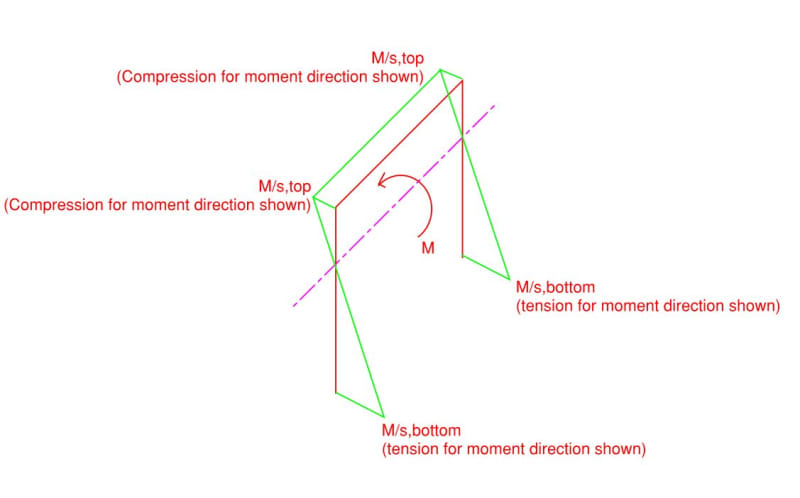LeonhardEuler
Structural
- Jun 19, 2017
- 200

A C shaped weld has a different section modulus for the “top” and the “bottom”. Is this based on the part of the weld that is tension meaning that if the member were bending in such a way as to pull the top of the weld off the parent metal the “top” section modulus would be used and vice versa if the “legs” were in tension being pulled off the parent metal

